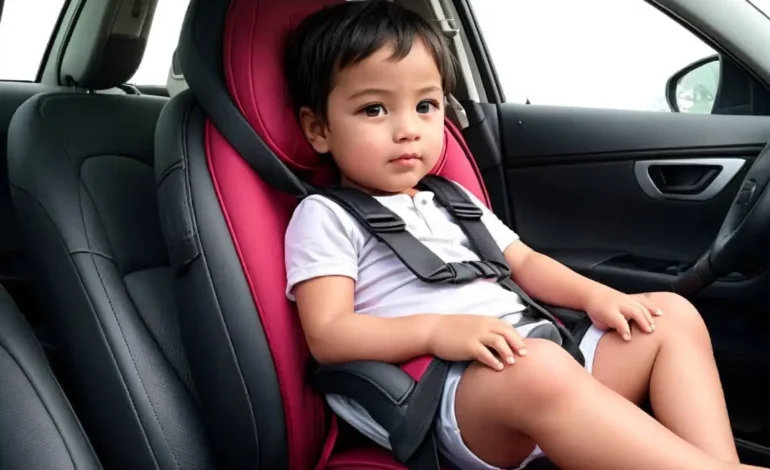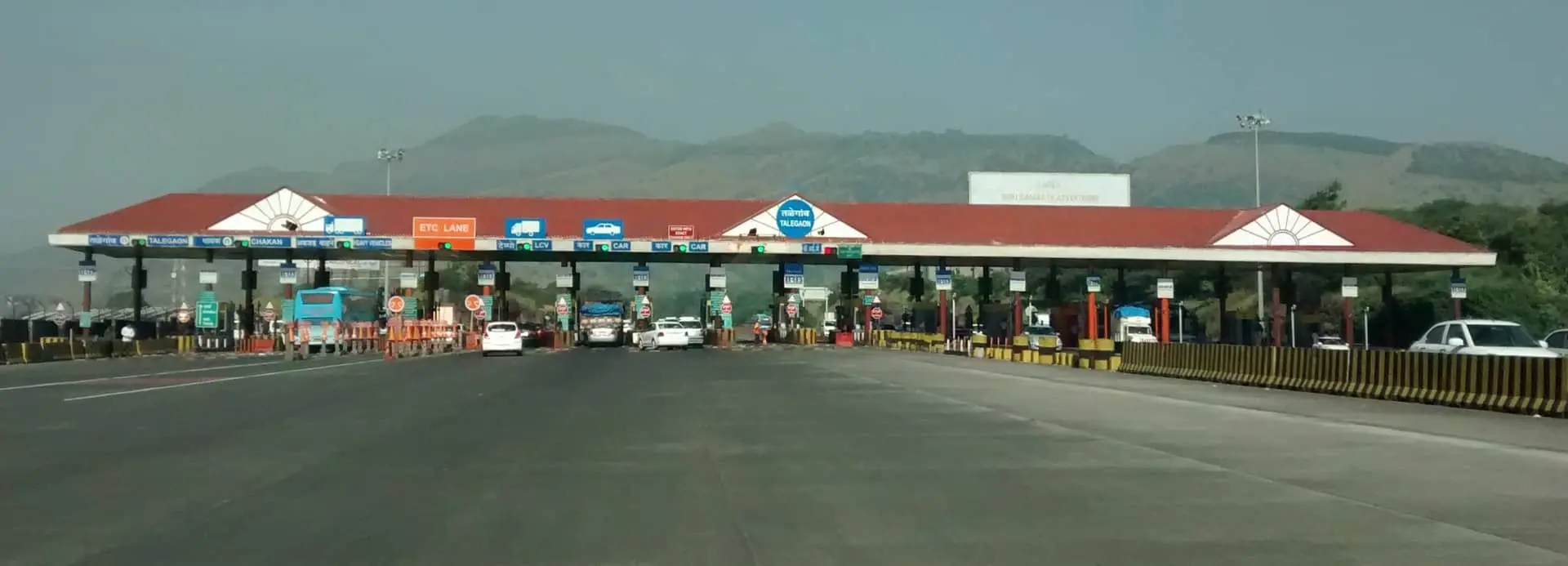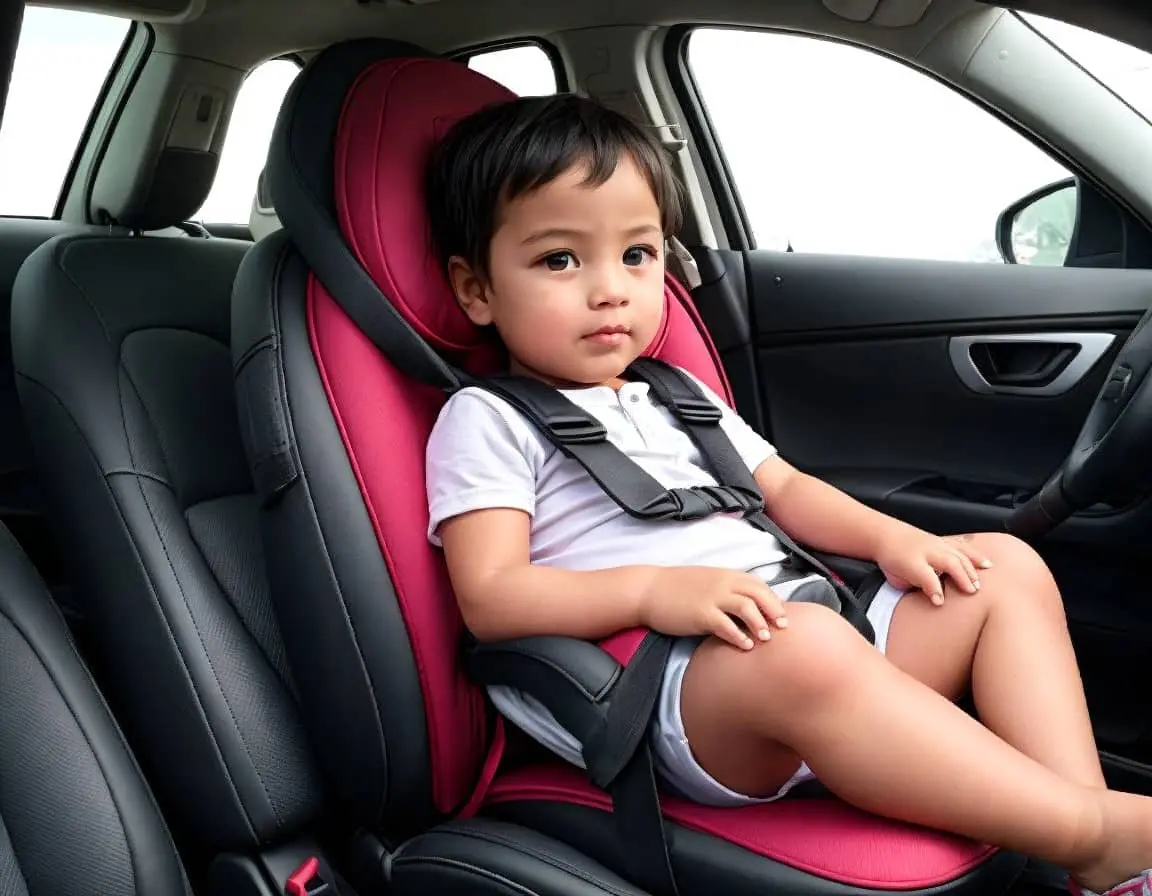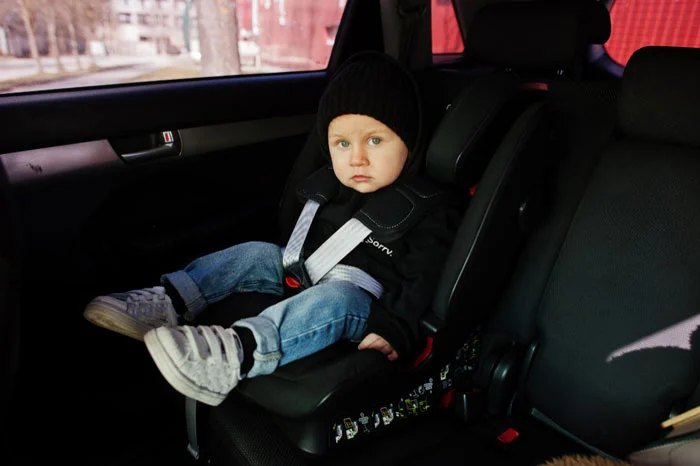Child Seat Rules in Japan: A Comprehensive Guide to Ensuring Child Safety

Ensuring the safety of children while traveling in vehicles is a top priority for parents and guardians. In Japan, strict regulations govern the use of child seats to protect young passengers and minimize the risk of injury in the event of an accident. These rules are essential for anyone driving in Japan, whether a resident or a visitor. This comprehensive guide will delve into the child seat rules in Japan, the types of child restraint systems available, and practical tips for compliance.
Legal Requirements
In Japan, the use of child seats is mandated by law for children under six years of age. The regulations are designed to ensure that children are adequately protected during every journey. Here are the key legal requirements:
Age and Size Requirements:
Rear-Facing Seats
For: Infants from birth to around 24 months or 9 kg (20lbs). Why: Rear-facing seats provide optimal support for a baby’s head, neck, and spine. Requirement: All children under 24 months must be secured in a rear-facing car seat.
Forward-Facing Seats
For: Children under 4 years old and 18 kg (40 lbs). Why: These seats offer stability and security with a harness system. Requirement: Children who have outgrown their rear-facing seats should transition to a forward-facing seat with a harness.
Booster Seats
For: children under 8 years old and 36 kg (80 lbs). Why: Booster seats elevate the child so the seatbelt fits properly over their shoulder and lap. Requirement: After outgrowing the forward-facing seat, children should use a booster seat until they can correctly fit the vehicle’s seatbelt (typically until they are around 8years old).
Safety Standards
All child restraint systems must comply with Japanese safety standards or equivalent international standards. Look for the “Gou” mark, which indicates approval by Japanese authorities. This mark ensures that the seat has passed rigorous safety tests and is suitable for use in Japan.
Driver Responsibility
The driver is responsible for ensuring that children are properly restrained in appropriate child seats. This applies to all types of vehicles, including private cars, rental cars, and even taxis, although taxis are generally exempt from the requirement. Failure to use a proper child restraint can result in fines and penalty points on the driver’s license.
Rental Cars
Rental car companies may deny renting a vehicle to drivers without a child seat for children under six. Additionally, they may impose a fee for providing a child seat.
Exemptions
While the child seat regulations are stringent, there are some exemptions:
- Public Transport: Children are not required to use a child seat when riding in a bus or taxi. However, it is recommended to use a child seat in taxis whenever possible for added safety.
- Medical Emergencies: If a child is unable to get into a car seat due to illness, injury, or an emergency, the driver is exempt from the requirement.
- Breastfeeding or Diaper Changes: While not legally required, it is strongly advised to stop the car and attend to the child’s needs rather than doing so while the car is in motion.
Practical Tips for Compliance
- Choosing the Right Seat: Ensure your car seat complies with Japanese safety standards or equivalent international standards. If you are traveling to Japan, consider renting a car seat from a reputable rental agency to avoid the hassle of bringing your own.
- Rear Seat Placement: Children should always be placed in the rear seat to avoid the risk of airbag-related injuries. The rear seat is generally the safest place for a child in the event of a collision.
- Regular Monitoring: Regularly check the fit and condition of the car seat to ensure it continues to provide optimal protection. Make sure that the harness is snug and that the seat is securely installed.
- Professional Installation: Consider having your child seat professionally installed or inspected by a certified technician. Many car seat manufacturers offer installation services, and local authorities often hold car seat safety checks.
- Educational Resources: Take advantage of educational resources and instructional videos provided by car seat manufacturers and safety organizations. These resources can help you understand the proper installation and usage of child seats.
Benefits of Using Child Seats
Using child seats significantly reduces the risk of injury and death in the event of a car accident. Studies have shown that properly used child seats can reduce the risk of fatal injury by up to 71% for infants and 54% for toddlers. Additionally, child seats provide peace of mind for parents, knowing that their children are protected during every journey.
Challenges and Solutions
- Language Barrier: For non-Japanese speakers, understanding the regulations and instructions for child seats can be challenging. To overcome this, look for English-language resources and guides provided by reputable organizations. Many rental agencies also offer bilingual support.
- Availability of Child Seats: While child seats are widely available in Japan, it is always a good idea to check availability in advance, especially if you need a specific type of seat. Many rental agencies and car hire companies provide child seats upon request.
- Cultural Differences: Some cultural differences may impact the perception of child seat usage. It is important to adhere to the regulations regardless of local customs or practices to ensure the safety of your child.
Conclusion
Child seat rules in Japan are designed to ensure the safety and well-being of young passengers. By understanding these regulations and taking the necessary precautions, parents and guardians can help protect their children and reduce the risk of injury in the event of an accident. Proper installation, regular checks, and educating children about car safety are key components of a safe travel routine.
As advancements in safety technology continue, staying informed and compliant with child seat laws will remain essential for every journey. Whether you are a resident or a visitor, adhering to Japan’s child seat regulations is crucial for ensuring a safe and enjoyable travel experience for your family.








